10 Vital Luxury Retail Marketing Trends to Gain Ultimate Sales In 2023
Businesses need to stay on top of the trends that will affect their success in the retail space - all to stay ahead of the game of course. Embracing this change will help retailers succeed this year and beyond. But we know it can be hard to stay on top of everything that's going on as a business owner.
Globalisation can also shape how global consumers shop, or even what they buy. These trade-offs are less of a seismic shift and more of a gradual shift. One of the most obvious changes being that around 86% of consumers now use an omnichannel approach to shopping.
To touch on all of the above, we've put together a list of changes we believe are key to successful retail businesses over the next decade and are happening now faster than ever.
Predictions of consumer behaviour for 2023
Adapting to unfamiliar environments is something we humans do best.
In 2022 we have been given many opportunities to test the limits of this movement. Between the cost of living crisis, the war in Ukraine and the unrest taking place in many countries around the world, we live in difficult times for everyone - and times when communities come together around one reason or experience.
The global nature of communication means that we know what is happening on the other side of the world better than we know what is happening at home, and this has led to the world being divided.
And it's not the products or services they offer that will determine the segment they are in, but how they do it.
Here are the two main things we anticipate seeing in 2023.
1. Community Planning
One of the most exciting things to come out of 2022 is this: consumers tend to cluster. All they need is a reason.
By recalling the failure of Elon Musk on Twitter and sharing the latest news from around the second world where he failed, there has been a huge increase in the opinion of the community. This is not exactly a new trend for 2022: we have seen the rise of media-based communities since at least 2016.
The most recent example on record is the death of the Queen. But there are other, smaller, less visible things: Twitter management, the ongoing Starbucks debate about the union, what's happening in Iran, and what's happening in Russia.
Whatever happens literally anywhere else, people come online to talk about it. This is what brands need to learn to leverage. However, the kind of global community advocates should do so with caution.
Marketers are expected to walk the talk. We can also add this: the types that decide to participate in the global dialogue must be based on global principles, in a process that benefits not only one person but all those in a community. Customers are coming together. 2023 will show us how.
2. Competitive prices, costings and marketing power among brands
Money is a growing concern for everyone, not just consumers.
From mega-corporations to small brands and street vendors, money is a problem - and it's not a problem that will decrease without significant changes in the distance.
It's a trend that's been building for a few years, but 2023 has a chance to deliver progress - and not just for style.
Luxury Retail Facts & Statistics
To help you better understand the luxury retail market, we’ve compiled a list of facts and statistics that will paint a more vibrant picture.
- Luxury goods generated $224.8 billion in 2020, down 32% from 2019.
- The top 100 luxury companies earn an average of $2.8 billion annually.
- Only 23% of luxury goods transactions in 2020 took place online.
- The luxury retail market is estimated to reach $68.5 billion by 2026.
- Women between the ages of 25 and 34 are the most frequent visitors to online luxury stores.
- Millennials are responsible for 33% of all luxury purchases.
- 30% of all luxury sales will be placed online by 2025
- By 2025, China will be the largest consumer of luxury goods
- Social media is important in driving luxury e-commerce
- Good customer service is expected for luxury purchases
10 Vital luxury retail marketing trends
What are some key trends in luxury retail today? There are some great marketing trends being used in the luxury retail sector right now that can benefit any business looking to make improvements.
From building customer relationships to brand storytelling, here are some of the luxury trends for 2023.
1. Consider how your luxury brand can deliver a local and unique experience
Consumers are tired of global homogenisation and the need to be more accurate for travel in light of the climate crisis. Why would they travel for an experience they could have at home?
2. Think about how your luxury brand can make sure its ethics shine above its aesthetics
For Millennials, Gen Zs and Alphas, the environment isn't just a cause, it's their future. Therefore, they will reject the types that do not show good commitment to the environment.
3. Find out how you can ensure the presence of your luxury brand in China
According to Bain & Co, by 2025, Chinese consumers will purchase 48% of luxury goods, while Morgan Stanley said Chinese consumer spending is expected to double by 2030.
According to a McKinsey report, in 2020, Chinese luxury spending increased by 45% against the global consensus of 20%, and 70% of Chinese luxury purchases are now made at home.
4. Make sure your luxury style appeals to rich women
According to Wealth-X, the global number of UHNW women has increased from 6.6% in 2016 to 9.9% in 2020 and is growing faster than the share of UHNW men.
5. Find out how you can ensure your luxury brand products are delivered digitally, and in the real world
You may have heard of Metaverse, but it's happening fast, wondering where it will go, which came this year in the form of open-world games Roblox, Fortnite and Decentral and combined with the needs of the individual everyone staying at home due to covid. and the ability to prove digital ownership through a non-fungible token.
Now that these buildings are being built, there is a rush to build the Metaverse, and the tech giants are investing heavily. Brands have begun experimenting with using Metaverse to share and promote existing and new products.
6. Think about how your luxury brand will connect with your target audience and those with similar interests
There is a change happening in the way we interact. While Gen Xers and Baby Boomers are looking for cliques that can be found in various secret clubs such as the Carlton Club in London and Annabel's, Millennials are looking for new experiences with like-minded individuals.
7. Think about how you can incorporate business back into your business model
Resale is more than 50% of all cars sold worldwide and Max Bittner of Vestiaire Collective believes that fashion will follow because by buying a second-hand bag instead of a new one, you can give help reduce the carbon footprint of fashion by 90%.
8. Find out how to use resources effectively
Millennials, Gen Zs and Alphas are rejecting destructive brands with reckless abandon. By using the ESG+ model, luxury brands will be more proactive when it comes to the environment, sustainability, governance and innovation.
9. Think about how you can think differently to break your company's brand and stand out
While Millennials and Gen Z are looking for "something different" in the people they meet, so is the content they consume. Advertising and negative news that can be attributed to any luxury brand that offends the audience that reflects a lot of the meaning and purpose of the brand such as its reputation and credibility. So, how will this brand be confident to appear, and not fit in with the luxury crowd?
10. Find out how your luxury brand can support consumer mobility
As our reference system expands beyond the global world, the need for global collaboration emerges. Jayne Poynter supports the Space Perspective, believing that society will be better off when thousands, if not millions, of us, have the necessary experience in space to see the world from ' up.
It really changes your thinking and behaviour, for example, many astronauts are involved in social and environmental issues. This will have a positive impact on society.
Rise Of Millennials And Gen Z Customers In Luxury Retail Market
Today, Gen Z and Millennial consumers are buying premium products faster than anyone else and showing interest in a variety of products than older generations.
Over the past 12 months, luxury purchases by Gen Z (60%) and Millennials (63%) have surpassed spending by Gen X (46%) and Baby Boomer (18%) consumers. , according to the latest news from Klarna.
Young consumers who are luxury shoppers represent a tremendous opportunity for savvy marketers. The opportunity to create lasting connections with these consumers – and the lifetime value they will create – while redefining what the luxury shopping experience entails is huge and exciting.
Social Media Marketing In Luxury Retail
Social media marketing gives consumers the opportunity to share their thoughts and experiences with the company or brand in question. This is important because it allows luxury retailers to understand what customers want and need, allowing them to create new products that meet the needs of their target market.
One of the biggest advantages of social media is the ability to send news effectively. The focus in luxury marketing can change from selling products to providing customer experiences and added value through brand stories.
For one key reason, marketing for luxury businesses is different from marketing for regular businesses.
Luxury means to be different from popular things. They produce unique, handcrafted and heritage items, and their higher prices indicate better quality.
Therefore, a luxury brand from social media marketing methods should focus on creating elite life. In social media marketing for luxury businesses, you should pay special attention to providing interesting, timely, and engaging content.
To do it yourself, use the 4 pillar approach to create a mix of content that informs, inspires, promotes and entertains.
Nearly 90% of luxury goods consumers use social media, with an average of three channels per user.
So which social media strategy for luxury brands should you use?
These social media channels are some of the most successful for luxury marketing and promotion. Facebook, YouTube, Instagram and, of course, Pinterest
By keeping up with these marketing trends, it can help sustain the success of a brand. The future of luxury retail is forever changing, so don’t get lost in the outdated ways of promoting to your customers, else you might lose them.
Subscribe To Us






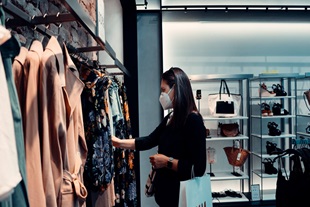
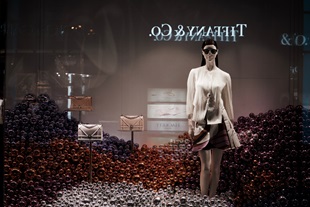





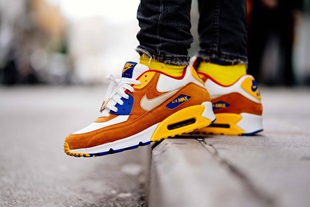
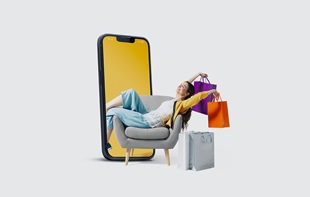
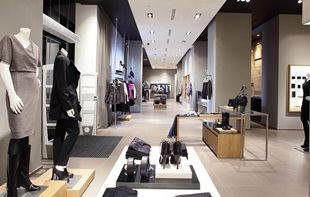


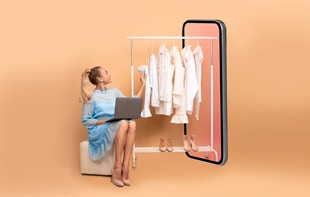

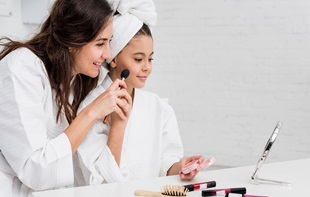
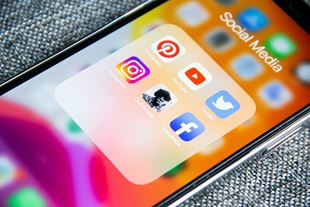

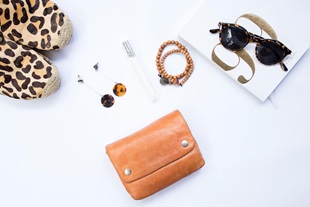


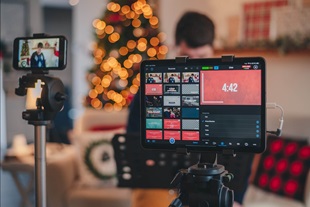
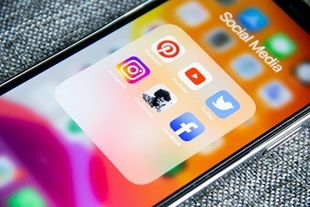
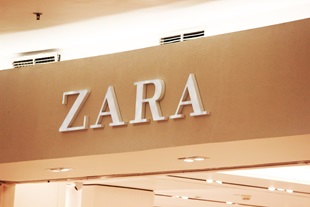






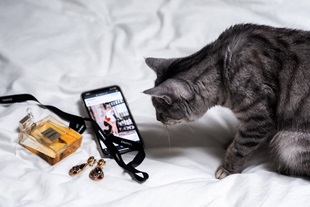
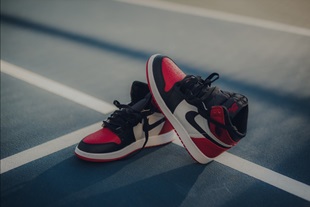


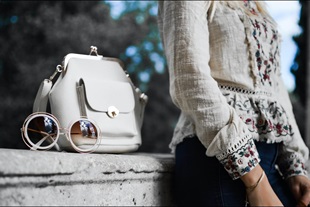



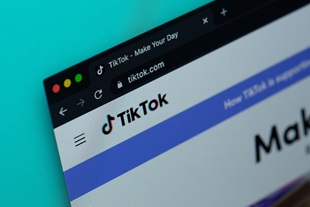

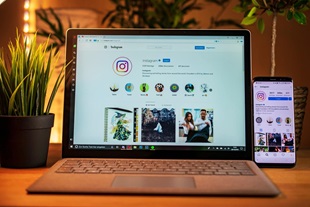

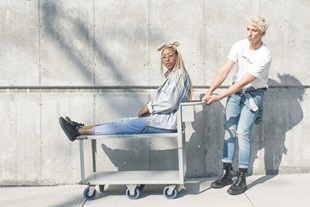
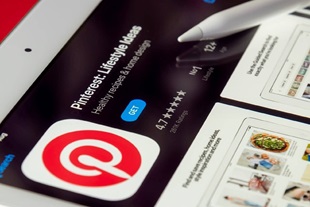
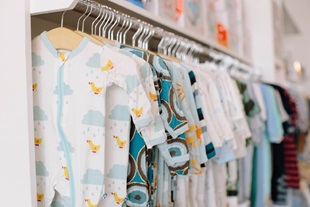
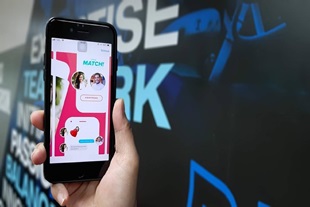





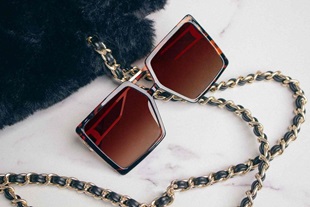


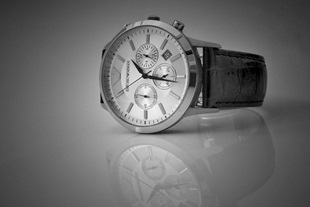
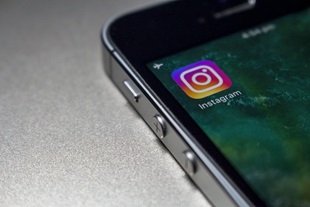
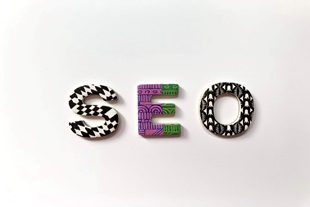
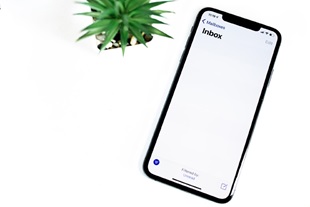
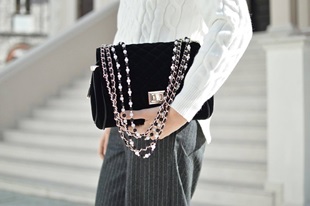

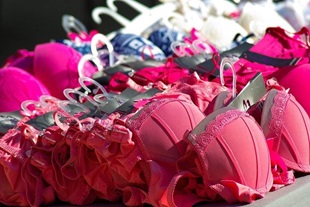


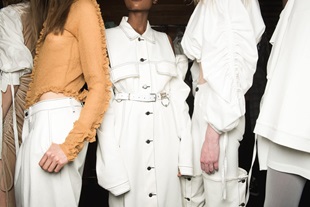
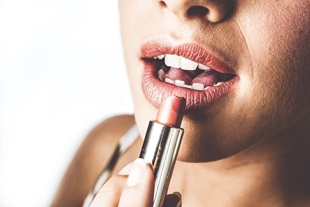
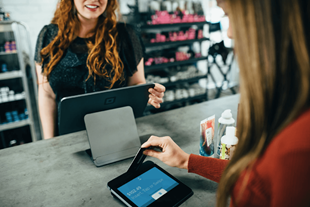
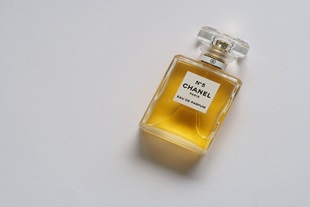
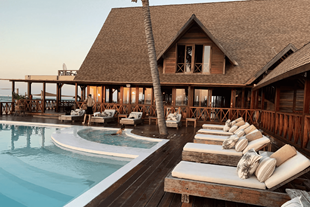



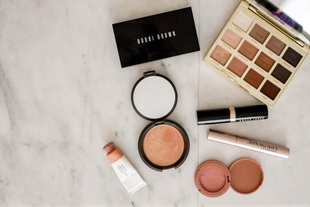
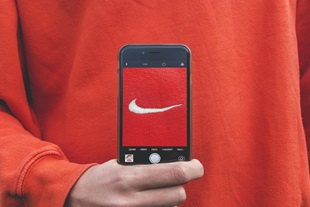
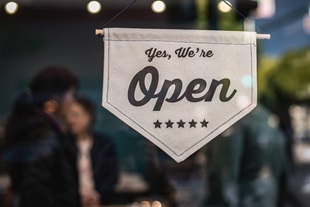

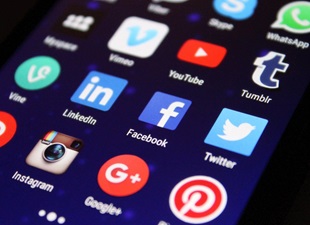


.jpg?mw=310)
.jpg?mw=310)
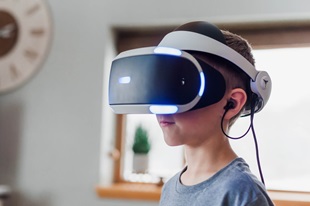
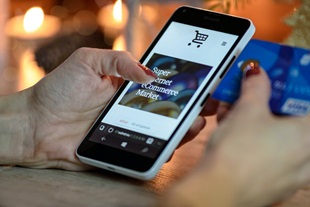
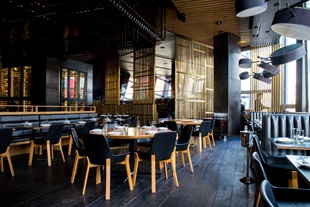

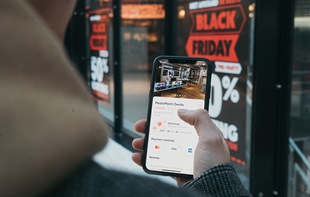

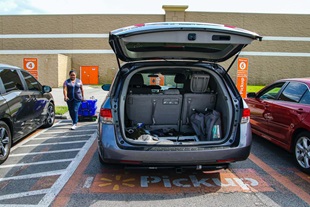
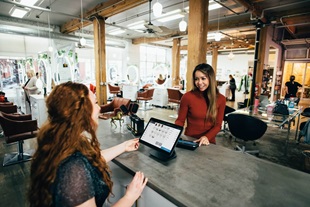

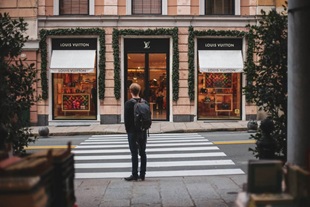
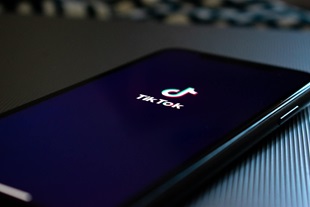


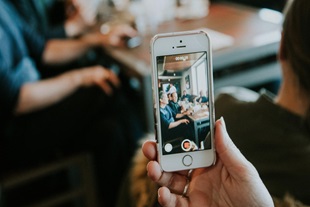
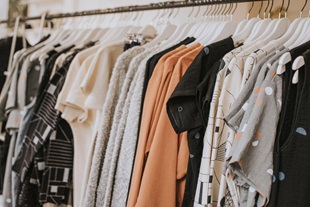

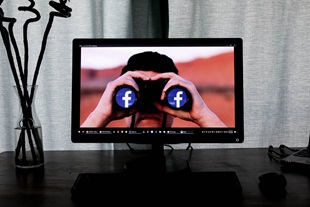




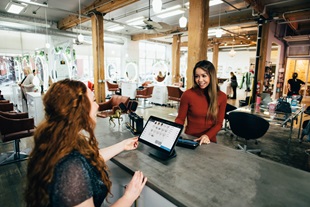


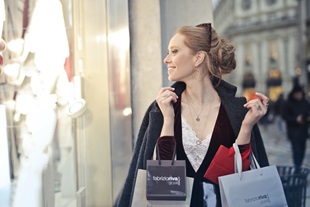
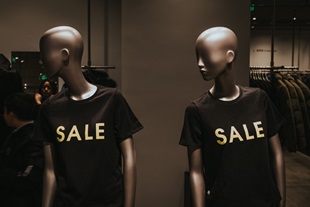
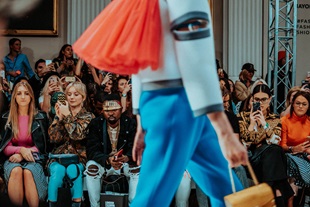
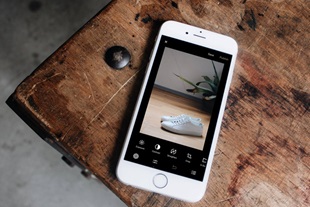




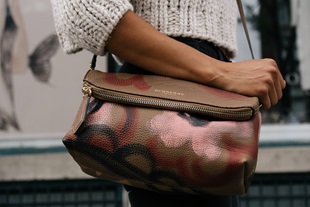

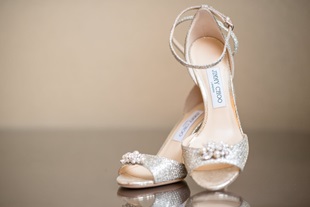












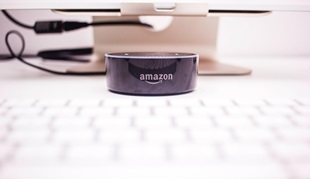
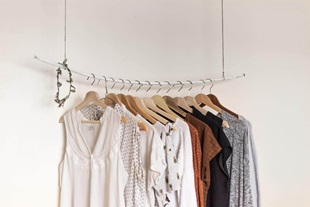

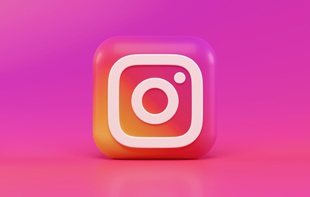




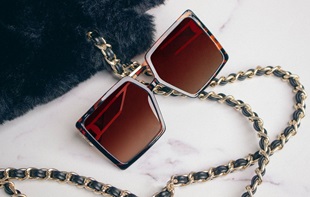


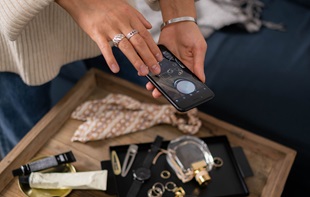


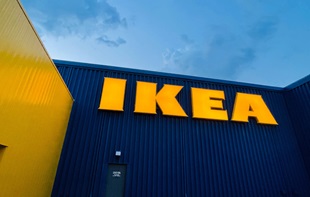
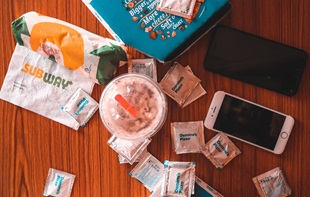
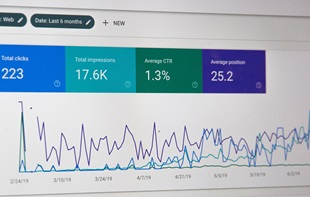
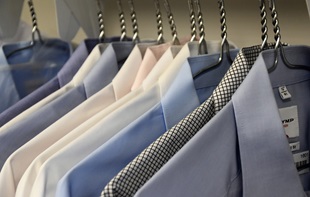

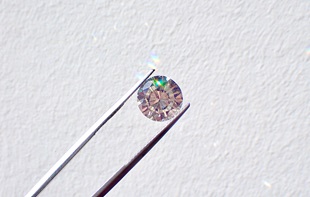

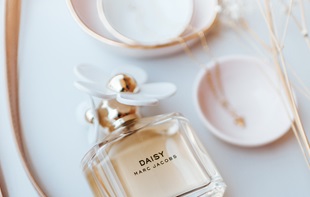
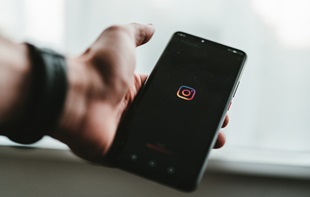

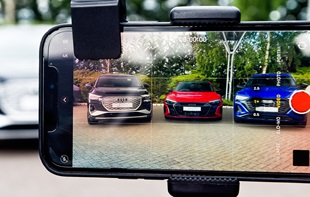
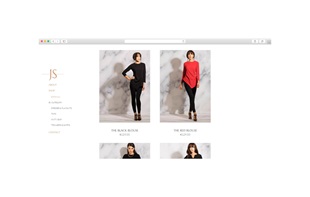
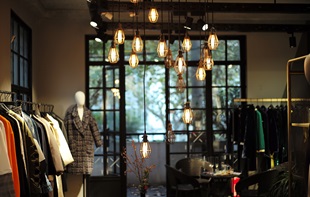



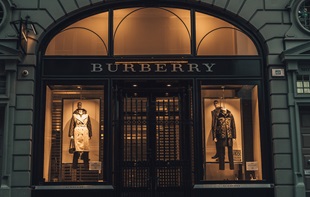

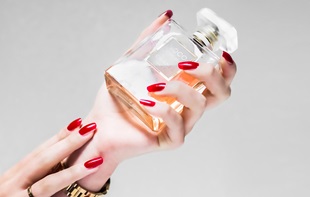
![The impact of online reviews on your business [Infographic]](/-/media/The-impact-of-online-reviews-on-your-business.jpg?mw=310)


![10 latest trends in digital marketing for beauty brands [Part.2]](/-/media/Appnova/Blog/ScreenShot20151026at1500471940x567/10-latest-trends-in-digital-marketing-for-beauty-brands-Part-2.jpg?mw=310)
![10 latest trends in beauty web design and digital marketing [Part.1]](/-/media/Appnova/BannerImages/18376519151_bbeaa6dafc_b-1/trends-in-beauty-web-design-and-digital-marketing/10-latest-trends-in-beauty-web-design-and-digital-marketing-Part1.jpg?mw=310)
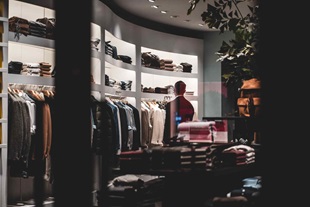

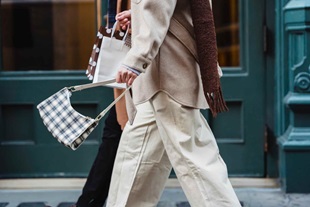
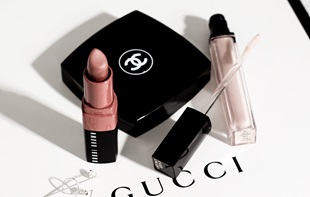
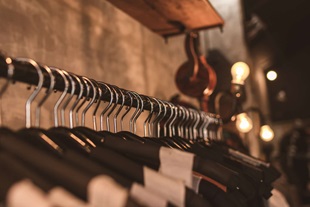





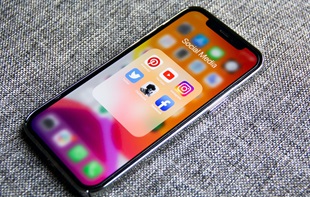
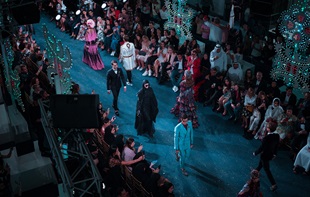

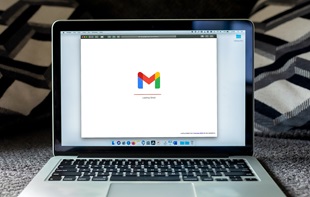




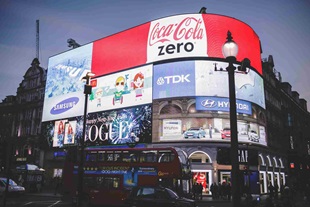

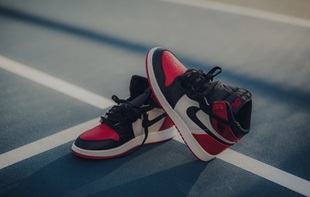
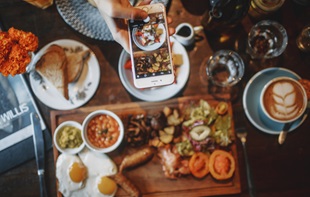
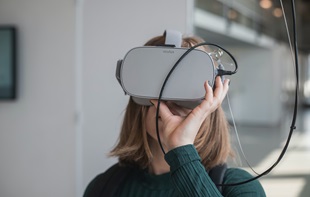
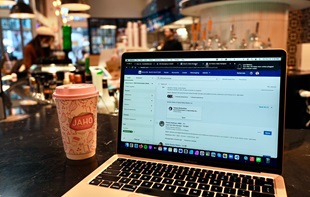


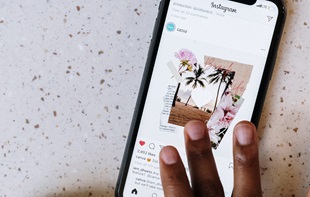
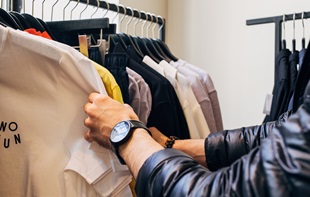


![15 crazy things people search on Google [Infographic]](/-/media/crazy-things-people-search-on-Google.png?mw=310)
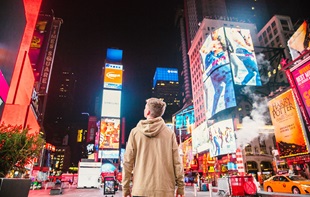


![How to LOSE Twitter followers in 15 ways [Infographic]](/-/media/Appnova/Blog/08-internal-768x534.jpg?mw=310)
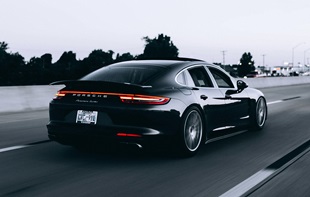
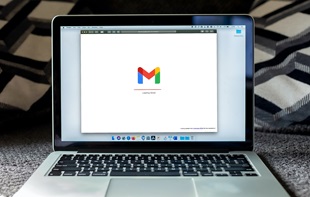
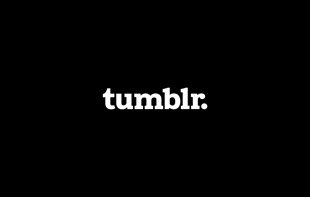
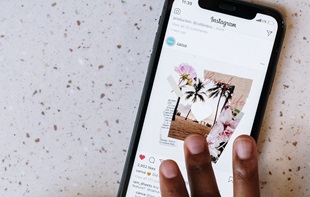


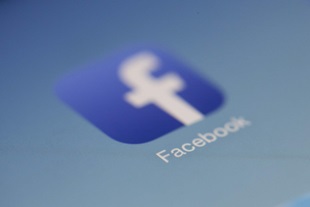


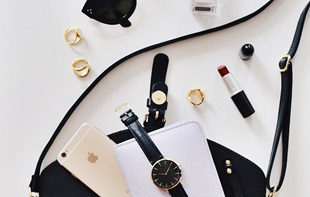




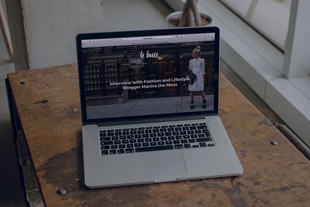
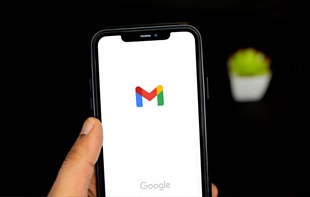

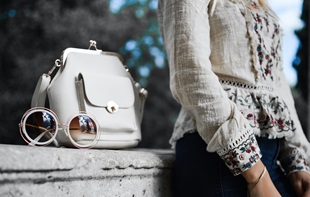

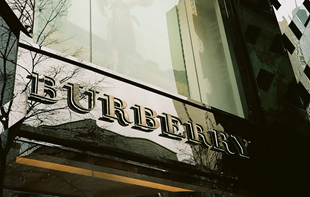

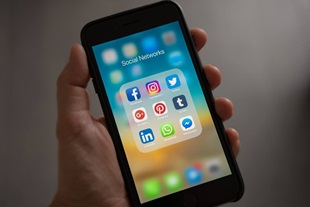

.jpg?mw=310)
.jpg?mw=310)
.jpg?mw=310)
.jpg?mw=310)
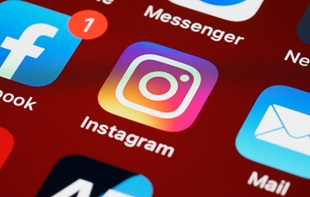
.jpg?mw=310)
.jpg?mw=310)

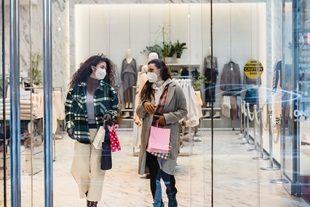
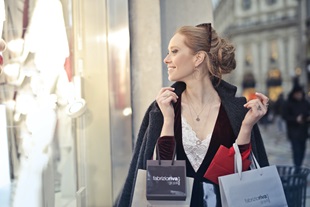

0.Comments